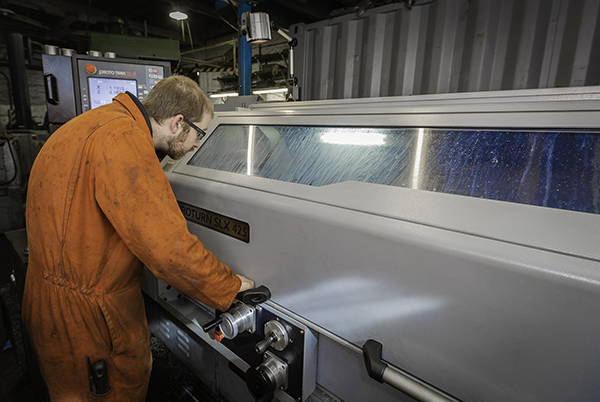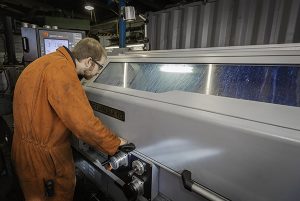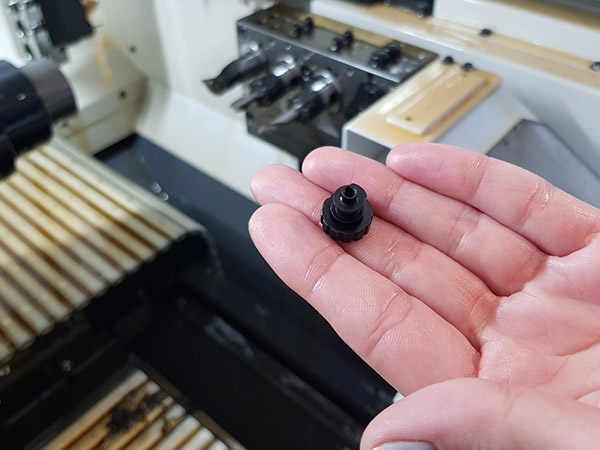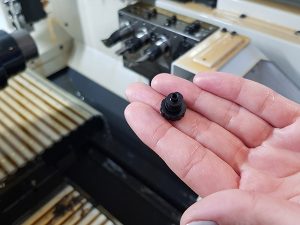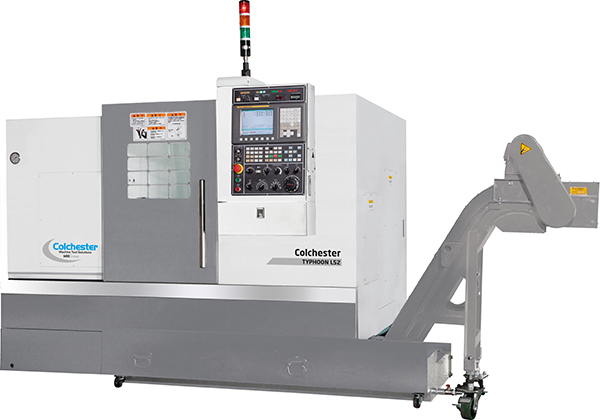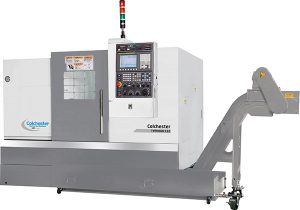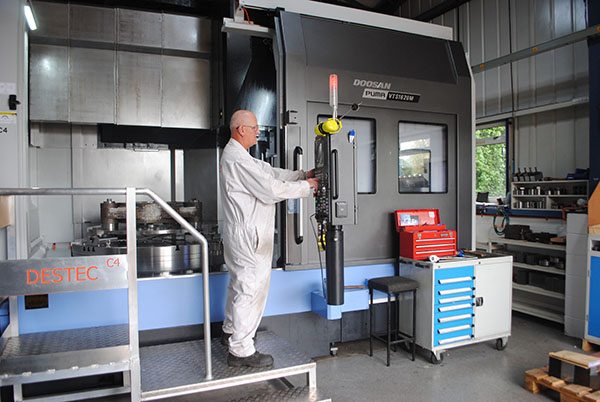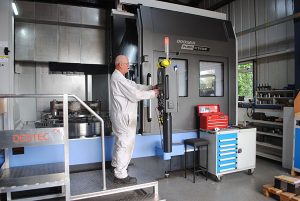A turn-mill centre with an upper B-axis spindle having a ±150 mm Y axis and an optional lower BMT turret with the possibility of a ±40 mm Y axis and live tooling and has been introduced by DMG Mori for the bar machining of components up to 1.5 m long and 102 mm diameter.
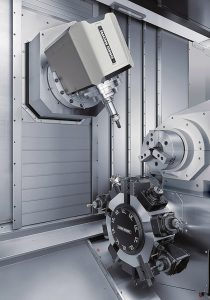
The 675 mm X-axis travel of the CompactMaster direct-drive milling spindle, which is just 350 mm long, adds to the versatility of the new NTX 3000 second-generation multi-tasking centre. Also featured is a tool magazine with 38 stations (114 optional), tool-breakage monitoring and integral tool measurement.
DMG Mori’s NTX 3000 is capable of simultaneous five-axis CNC machining, yet occupies a footprint of just 16.5 sq m. The main spindle can produce rotational speeds up to 3000 rpm and offers a maximum torque of 1194 Nm. A counter-spindle is optional for machining on all six faces of a component, while a tailstock may also be specified.
A machine bed with roller guideways is designed to offer high process stability and flexibility. In addition, water cooling of the spindles, ballscrews and ball nuts ensures thermal stability in continuous operation, while magnetic-scale feedback of linear position to a resolution of 0.01 µm is a further option, as is a range of automated workpiece handling systems.
The NTX 3000 is equipped with the proprietary CELOS app-based control and user interface to either a Siemens or Fanuc CNC system. The 21”, multi-touch CELOS display works as an Industry 4.0 interface, providing the basis for cross-company networking. Various DMG Mori technology cycles are available, including ‘easy tool monitoring’, which monitors spindle load and axis thrust.
For further information www.dmgmori.com







